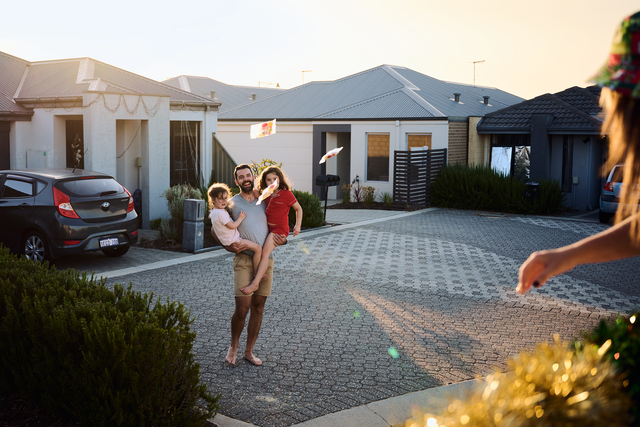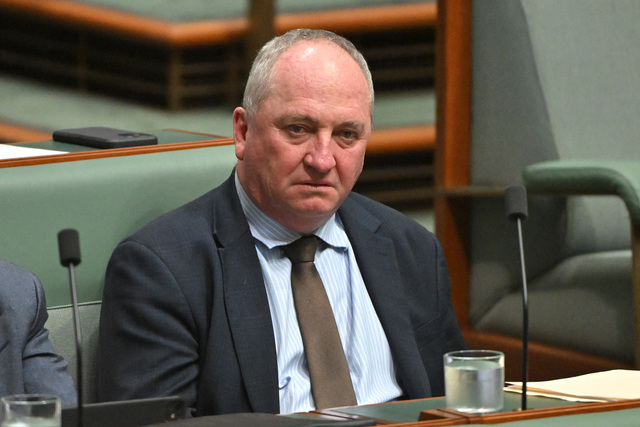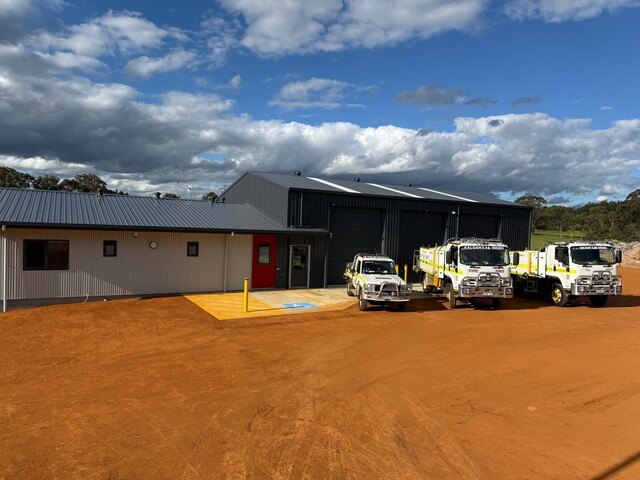For almost two years, extensive restructuring through voluntary amalgamations has seen South Australia’s 118 Councils reduced to 69. This has involved the incorporation of 83 former Councils. Slightly above the State Government’s target of a 50 percent reduction in Council numbers, the key element of this reform process is that all mergers have been voluntary.
The SA model involved the State Government requesting that Councils discuss merger options with their neighbours and local communities to formulate a proposal for presentation to the Local Government Boundary Reform Board.
The Board, chaired by Annette Eiffe, former Mayor of Prospect, comprises eight members. With a range of expertise, this Board has a substantial Local Government representation, including both urban and rural Councils. Acting as a catalyst to stimulate change, the Board has provided ongoing support for Councils as the mergers were formulated and then implemented.
“The success of Local Government structural reform in South Australia can be sourced back to the fact that Councils were empowered to control their own destiny,” Annette Eiffe said. “We looked at the Victorian model and noted it was not well received by Local Government. With Councils knowing their own area and community, we believe they are best placed to design their own solution. The Board has at all times operated in an open and completely accountable manner and in a spirit of cooperation, understanding and common purpose with Local Government.”
Speaking at the recent Institute of Municipal Management NSW Division’s Annual Conference, Annette Eiffe said when asked to join the Board, her first reaction was to refuse, seeing it as ‘political suicide’. Once it was clear that Local Government would be driving the restructure process she agreed to Chair the Board. The Local Government Association of South Australia (LGASA) has also fully supported the voluntary nature of the reform process.
“Amalgamations have created some very substantial political and financial units, representing up to 150,000 people,” said Councillor John Ross, President LGASA. “The effectiveness of the reforms are now to be assessed over the next few years.” He added that the LGASA has supported the voluntary nature of the process and has recently agreed to the tenure of the Local Government Reform Board being extended by 12 months to September 1998.
Scott Ashenden, Minister for Local Government, stated that he is heartened by the enthusiasm and commitment of Councils in embracing the structural reform process.
“Consultation has been a key factor from the outset and the Board has ensured the effective flow of information to Councils and communities so that informed decisions can be made,” he said.
How far the State Government will push for a further reduction of 10 Councils to achieve its target could test the reform process. The Board is able to initiate a proposal on its own volition, however, it has announced it will consult with the respective Councils to secure their support for any proposal. If this is not forthcoming, findings from external consultants regarding the proposal will then be presented to the local communities to have their say via an electors’ poll.
“If the local community votes against a merger it will not go ahead,” Annette Eiffe said. “However, with the few Councils that have refused to provide their community with the opportunity to assess potential benefits of a merger, we have to ask the question, ‘why’?”







